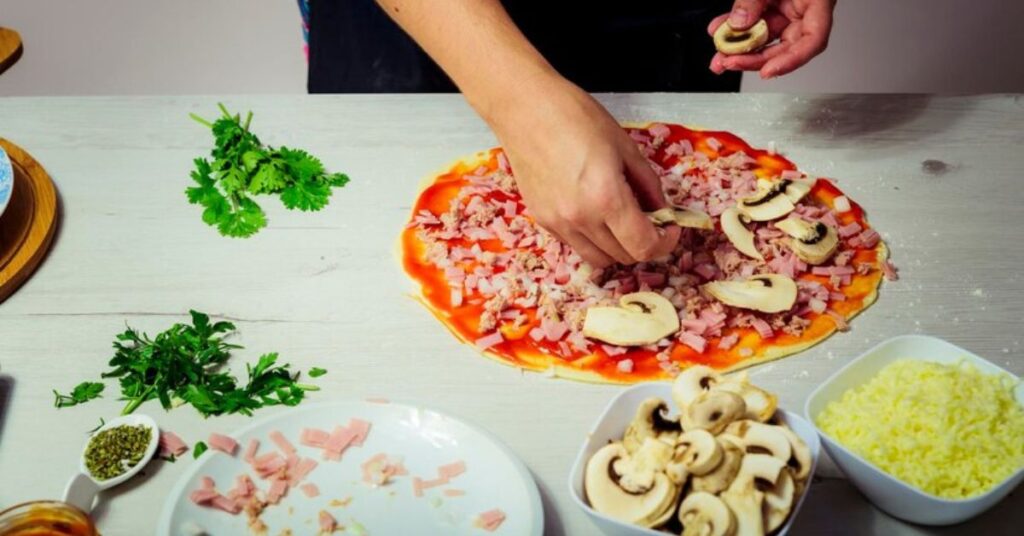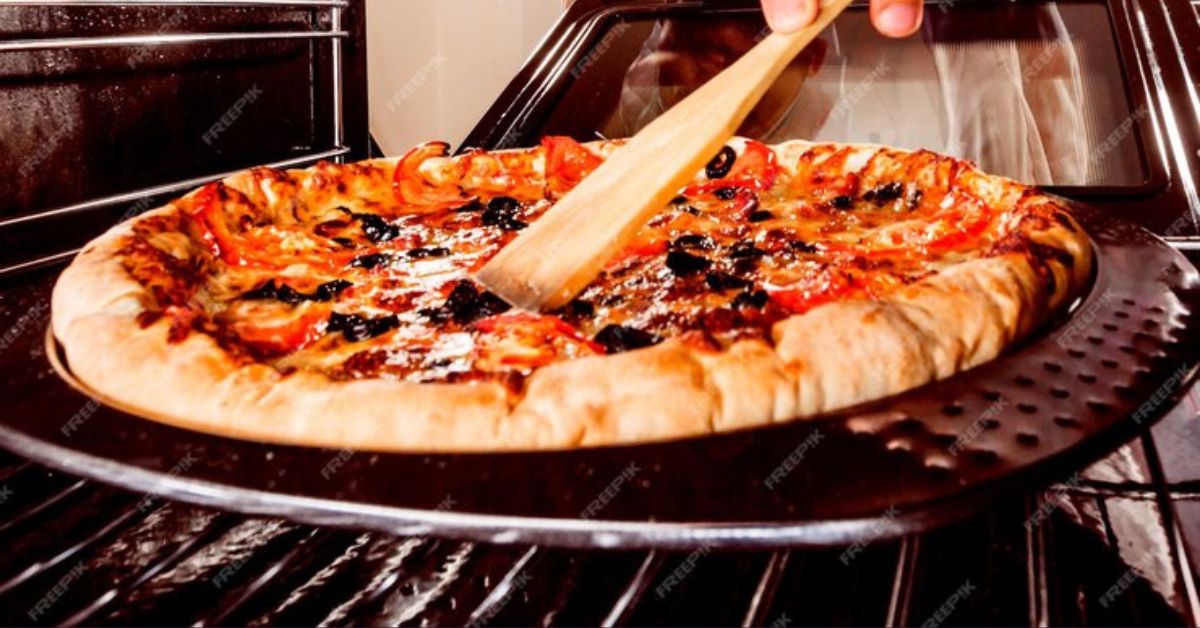Pizza is one of the most beloved dishes worldwide, cherished for its versatility and mouthwatering flavors. Whether you’re a fan of classic Margherita, indulgent meat lovers, or adventurous pineapple and ham, achieving the perfect pizza requires mastering the art of cooking time. In this guide, we’ll explore the factors influencing how long to cook pizza at 450 °F and provide expert tips for delicious results every time.
Factors Affecting Cooking Time
The duration your pizza spends in the oven can significantly impact its taste and texture. Several factors influence cooking time:
Dough Thickness
Thin crust pizzas cook faster than thick crust ones. Thinner dough allows heat to penetrate quickly, resulting in a crispier crust. Conversely, thicker dough requires more time to cook thoroughly without burning the crust.
Toppings
The type and amount of toppings on your pizza can affect cooking time. Pizzas loaded with heavy toppings like meats and vegetables may require additional time in the oven to ensure thorough cooking, while simpler toppings allow for quicker baking.

Oven Type
Different ovens distribute heat differently, affecting cooking times. Conventional ovens may have hot spots or uneven heat distribution, whereas convection ovens circulate hot air more evenly, leading to faster and more consistent cooking.
Understanding Oven Temperatures
Before diving into specific cooking times, it’s essential to understand the significance of oven temperatures.
Importance of Preheating
Preheating your oven is crucial for achieving optimal cooking results. Preheating ensures that the oven reaches the desired temperature, allowing your pizza to cook evenly from the moment it’s placed inside.
How Temperature Affects Cooking Time
Cooking pizza at 450°F provides a balance between heat intensity and cooking time. At this temperature, the pizza cooks efficiently without risking burnt edges or undercooked centers, resulting in a perfectly golden crust and gooey cheese.
Recommended Cooking Time for Pizza at 450°F
The ideal cooking time for pizza at 450°F varies depending on several factors, including dough thickness, toppings, and oven type. Here are some general guidelines:
- Thin crust pizzas: 10-12 minutes
- Thick crust pizzas: 12-15 minutes
- Pizzas with heavy toppings: 15-18 minutes
- Convection oven: Reduce cooking time by 2-3 minutes
Tips for Perfectly Cooked Pizza
Achieving a restaurant-quality pizza at home requires more than just following a recipe. Here are some expert tips to elevate your pizza game:
- Use a pizza stone or steel: These materials absorb and distribute heat evenly, resulting in a crispy crust and evenly cooked toppings.
- Rotate the pizza halfway through cooking: To ensure even baking, rotate the pizza 180 degrees halfway through the cooking process.
- Let the pizza rest before slicing: Allowing the pizza to rest for a few minutes after removing it from the oven allows the cheese to set and prevents the toppings from sliding off when sliced.
Conclusion
Cooking the perfect pizza at 450°F is a balancing act between time, temperature, and technique. By understanding the factors influencing cooking time and following expert tips, you can enjoy delicious homemade pizza that rivals your favorite pizzeria.
ALSO READ: How To Layer A Pizza?
FAQs
- Can I cook frozen pizza at 450°F?
- Yes, most frozen pizzas can be cooked at 450°F following the instructions on the packaging.
- What if my pizza crust is burning before the toppings are cooked?
- Lower the oven temperature slightly and cover the edges of the crust with aluminum foil to prevent further burning.
- Is it necessary to preheat the oven for frozen pizza?
- Yes, preheating ensures that the pizza cooks evenly and prevents a soggy crust.
- How do I know when my pizza is done?
- A fully cooked pizza will have a golden-brown crust, bubbling cheese, and toppings that are heated through.
- Can I cook pizza at 450°F on a grill?
- Yes, preheat your grill to 450°F and follow the same cooking guidelines as you would for an oven.











